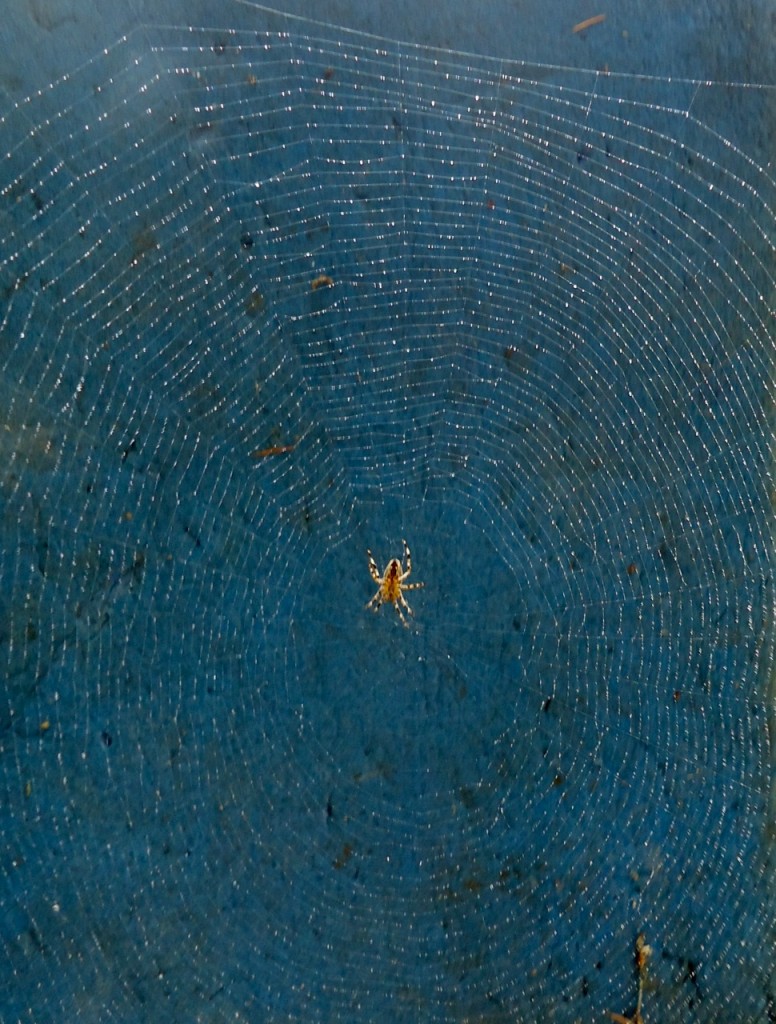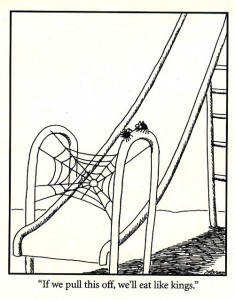I recently received a nice email from another person passionate about stone and cairns. In particular, he sent me a link to his web site detailing travels in the United Kingdom to ancient megalithic sites. Wow, those folks way back then really loved their stone: standing stones, cairns, stone circles, henges, and dolmens. He also describes several stone features that I had never heard of: brochs (forts with hollow walls), quiots (a Cornish term equivalent to dolmen). If you have time to check out the site, I highly recommend it.
Looking at the photos got me thinking a bit about stone and its use by people all over the world.
Why did and do we still continue to use stone? Why not build commemorative cairns or henges or dolmens or monuments of sticks or bones? Some people did, but for the most part they chose, and often went out of their way to find, rock in which to make an offering. (There may have been more of these structures made out of organic material but they were lost to time.) The reason is no more complicated than the universality of stone. As the marketers would tell us, rock is everywhere you want to be. It is easy to pick up and comes in an infinite number of shapes, sizes, and colors. Once placed on a shrine, stone will not blow away, erode, decay, or suffer in foul weather, at least in human time periods. Nor will anyone covet it or steal it, which does not mean that cairns last forever. A ranger at El Malpais National Conservation Area in northern New Mexico told me that cows and other wildlife like to rub against cairns, which occasionally knocks over the piles. More than animals, though, people are the primary destroyers of cairns.
There is something else about stone though. “Above all, stone is,” wrote philosopher Mircea Eliade, in Patterns in Comparative Religion. To primitive man, nothing was more basic nor more noble than stone. Through its hardness, its power, and its permanence stone “transcends the precariousness of humanity,” Eliade wrote. Nor was stone of the profane world but of the sacred world. He cautioned, however, that men did not love stone because it was stone but because they could ascribe to it certain values and feelings. “Men have always adored stones simply in as much as they represent something other than themselves,” he wrote.
Our ritualistic use of stone occurs in part because stone is such a benign material. Unlike animate objects, stone has no personal history. It has no feelings or sentiments. It does not change. It just is, and thus we find it easy to ascribe a stone with a value, to make it sacred, to give it the capacity to possess a trait that can help or hinder.
Of course, one can argue that when people were building these megalithic sites, they had few other choices for building materials. But what about in modern times when the choices are so much more vast? As I have written before, stone still bewitches for at least three reasons. For starters, it is alive—a living, breathing material that changes gracefully over time. Second, it is natural, the ultimate in organic living—people may not know a particular stone’s origins but, unlike chrome and steel, they intuitively sense the link between it and the earth around them. And third, no two stones are exactly alike; every structure has a unique look, feel, and story.
All of these reason combine to make stone special: an enduring material valued for its many special properties. Long live stone.
And by adding our stone to others we reaffirm and get confirmation of this belief.


